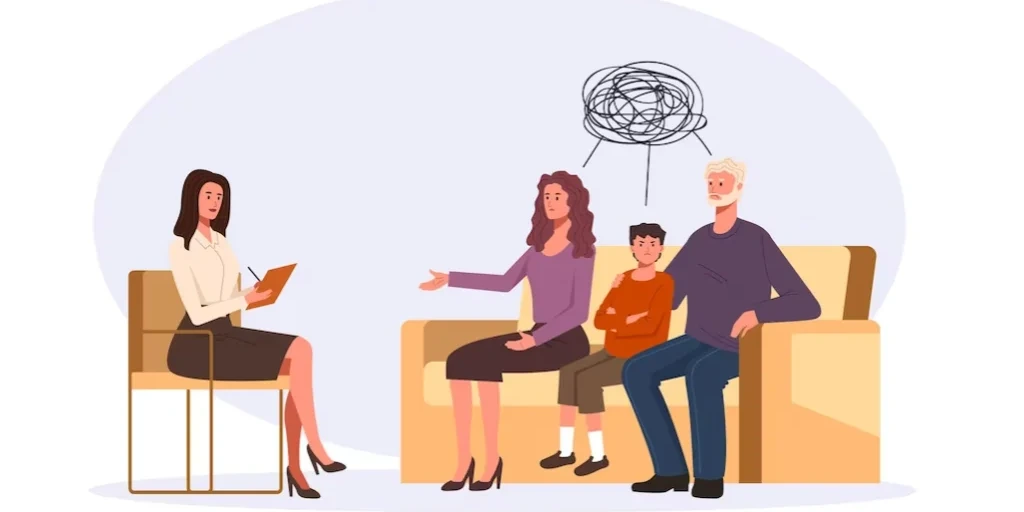24/7 Helpline:
(866) 899-111424/7 Helpline:
(866) 899-1114
Learn more about Ritalin Rehab centers in Sedona
Ritalin Rehab in Other Cities

Other Insurance Options

MVP Healthcare

CareSource

Private insurance

Anthem

Providence

Access to Recovery (ATR) Voucher

Lucent

BlueCross

Ceridian

Humana

Amerigroup

UnitedHealth Group

Multiplan

Regence

Sutter

EmblemHealth

United Health Care

Premera

Coventry Health Care

PHCS Network

Alternative to Meds Center
Alternative to Meds Center is a world-class licensed residential holistic behavioral mental health a...








Sedona Pathways Counseling Services
Sedona Pathways Counseling Services is a private rehab located in Sedona, Arizona. Sedona Pathways C...

Desert Canyon Treatment Center
Desert Canyon Treatment Center is a private rehab located in Sedona, Arizona. Desert Canyon Treatmen...

Spectrum Healthcare
Spectrum Healthcare is a private rehab located in Sedona, Arizona. Spectrum Healthcare specializes i...

Al-Anon
Al-Anon is a non-profit rehab located in Sedona, Arizona. Al-Anon specializes in the treatment of al...

